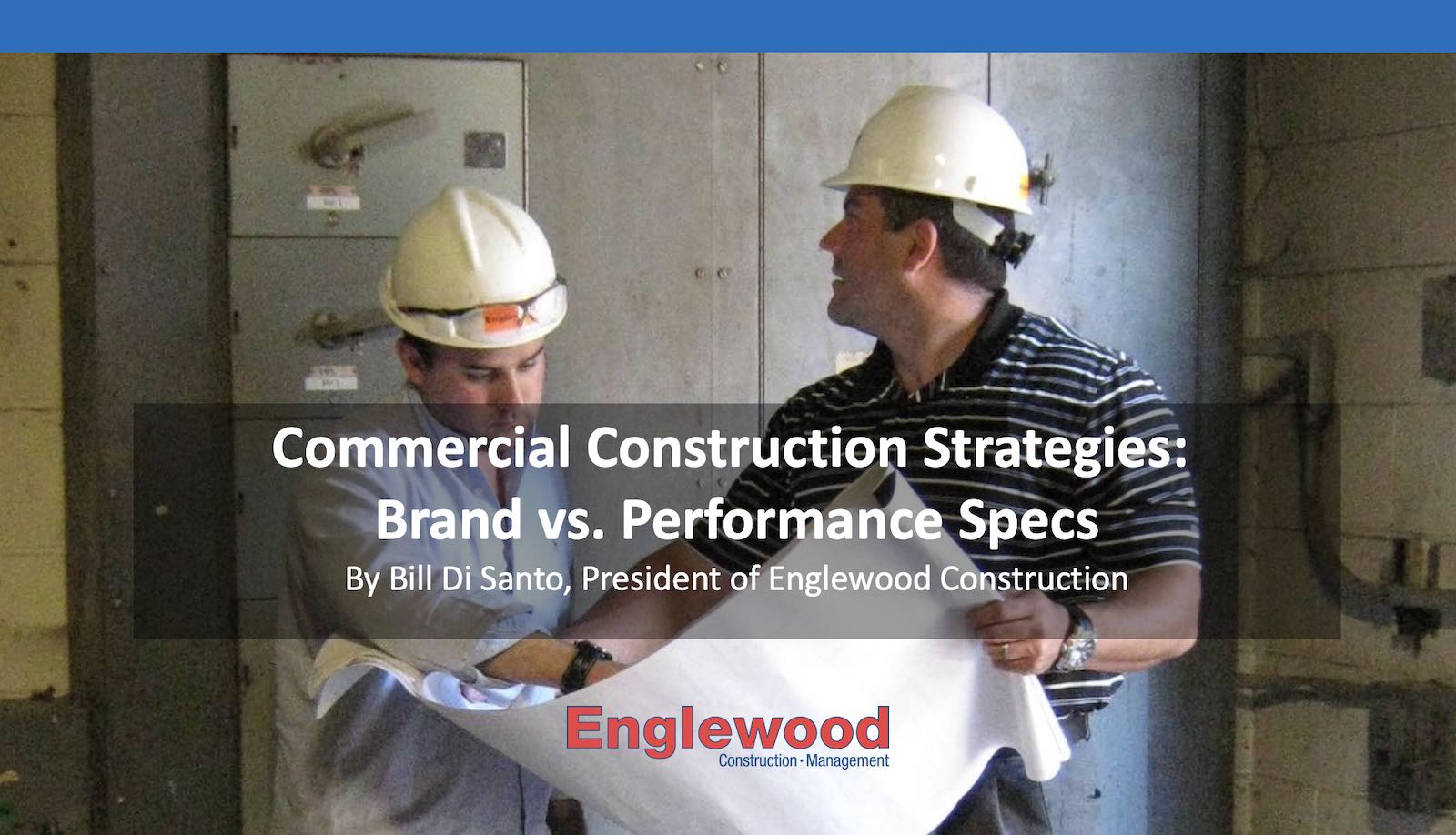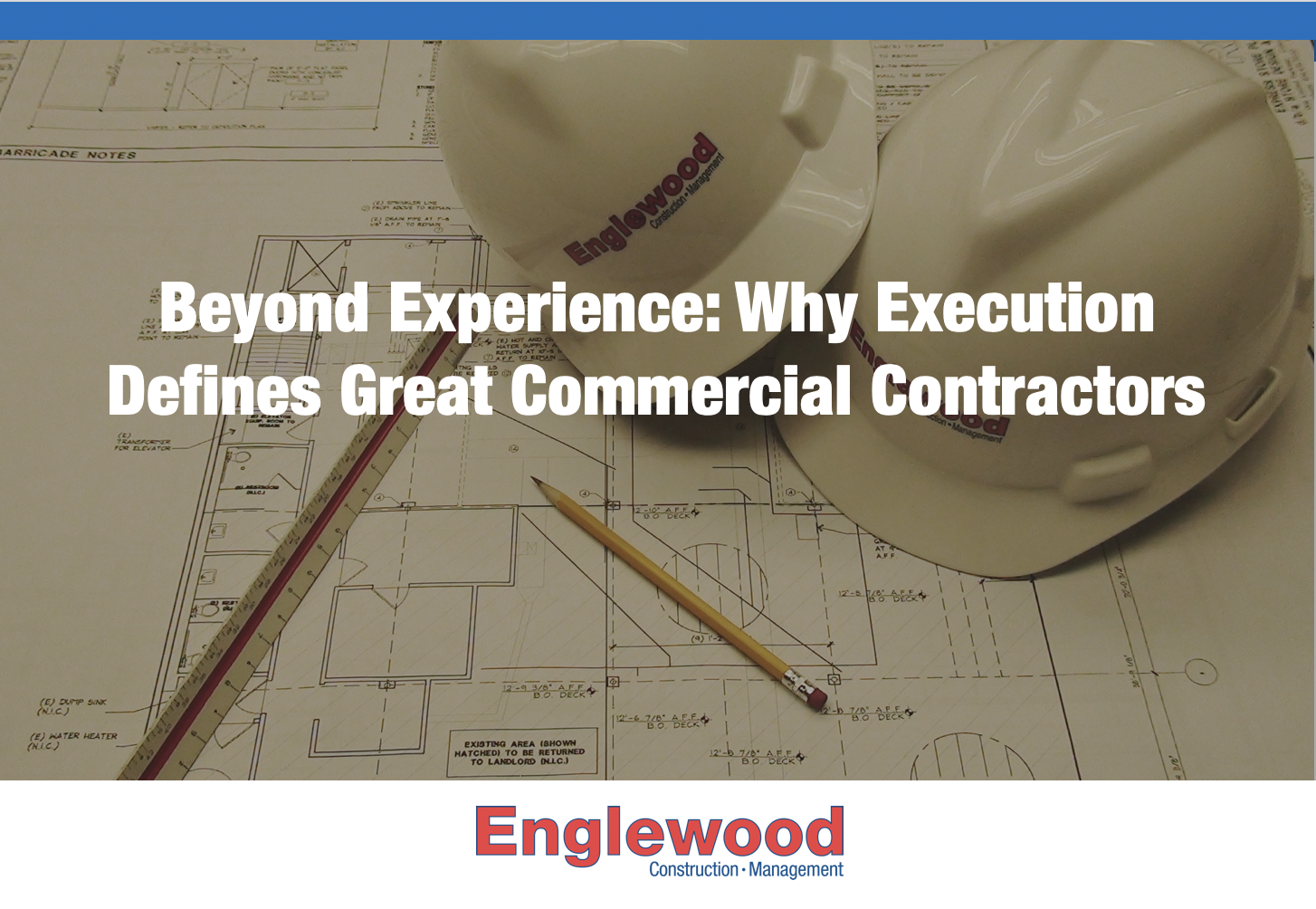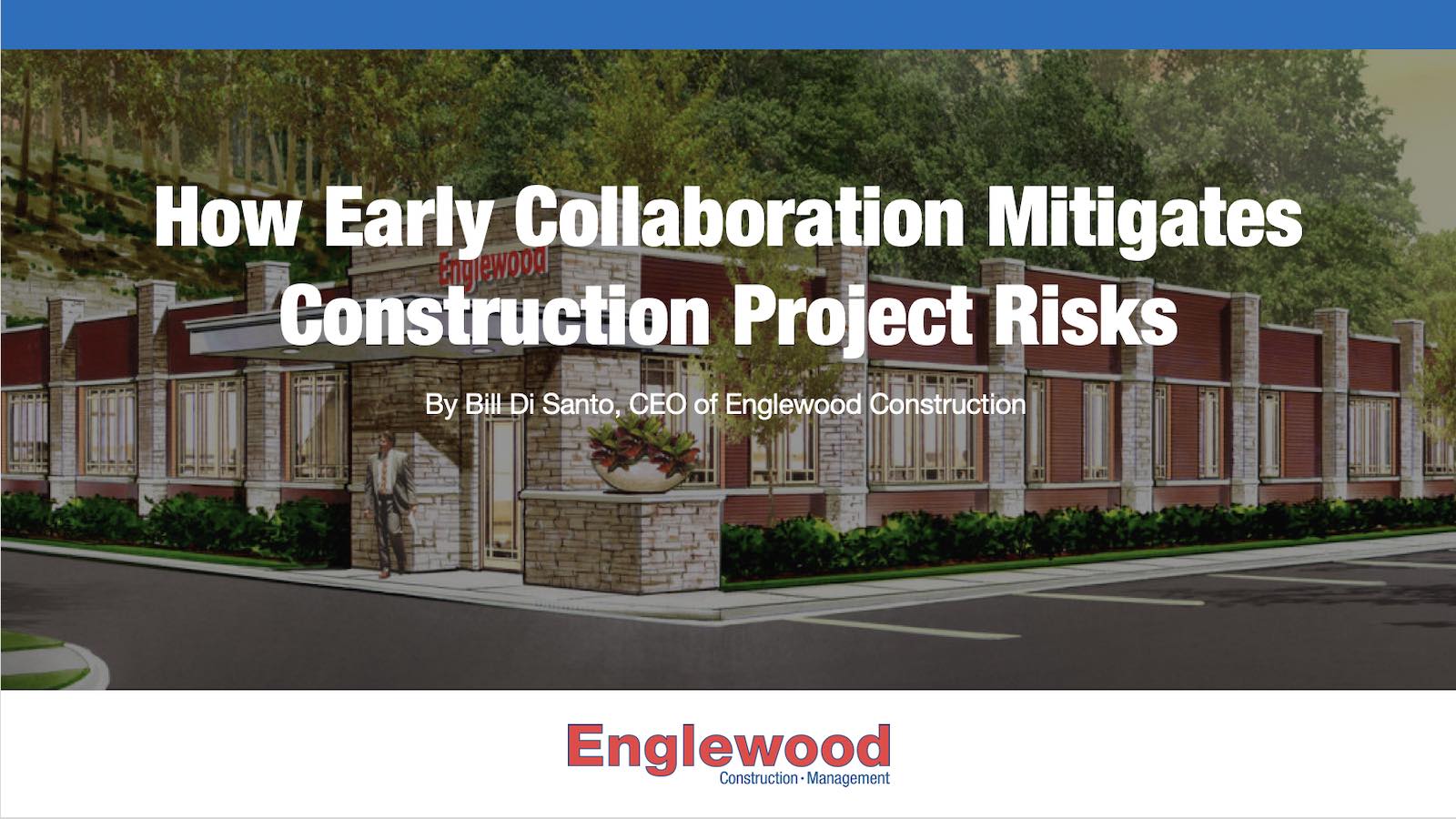Commercial Construction Strategies: Brand vs. Performance Specs
It looks like there may be light at the end of the commercial construction tunnel.
Driven by pent-up demand and the need to expand and grow, our national restaurant, service retail, and hospitality clients are building again to increase revenues. The headwinds of supply chain disruption, higher material costs, and personnel shortages are beginning to subside. Also, while material costs have come down in some instances, material and component availability in some key areas is still a challenge heading into the building season. This is especially true regarding prescribed or brand—specified HVAC equipment, steel structures, roofing materials, and elevators. We absolutely understand that prescriptive or brand specifications give the client more certainty about the end product when they make their final investment decision (i.e., when they appoint the contractor). But to avoid project delays and schedule and cost overruns, national brands may want to consider alternatives or performance specs to achieve the desired results. Performance specification gives a trusted contractor and suppliers more flexibility to innovate without sacrificing quality, performance, or brand standards.
Fortunately, our Englewood team has been able to convince several of our open-minded clients to take the more flexible performance specification approach to help mitigate the backlog or scarcity of materials. By working with our client’s architects and engineers to source alternative material suppliers in the pre-construction phase and make informed decisions based on the unique needs of each project, we have been able to avoid long and intermittent project delays that make it challenging to price, plan, and build accordingly. This comes from an understanding of when new equipment and materials will become available and a deep level of product knowledge. By staying ahead of the curve and collaborating as a seamless team, we are able to keep clients informed and manage our client’s expectations for more positive outcomes.
Here are a few examples:
Several of our nationally branded restaurant client’s own electrical engineering teams — or their architect’s engineers — had specified a particular HVAC system. But delivery was 12 months out. Working with their teams, we were able to find another national HVAC manufacturer that met their performance specs to cut the delivery time by almost half.
Electrical equipment such as breaker panels and switch gears has also been a roadblock, with delivery 8 to 10 months out for retail and restaurant construction. Through our electrical partners, we found a vendor that had the capability to build these panels from scratch without compromising performance, and we were able to deliver within 60 days. That made a big difference in keeping these projects moving forward and on time.
Listen, we know that this approach is not always possible for a variety of factors, but when clients are flexible and we work together to find the right solutions, we can create a win-win. It is certainly well worth the discussion.




